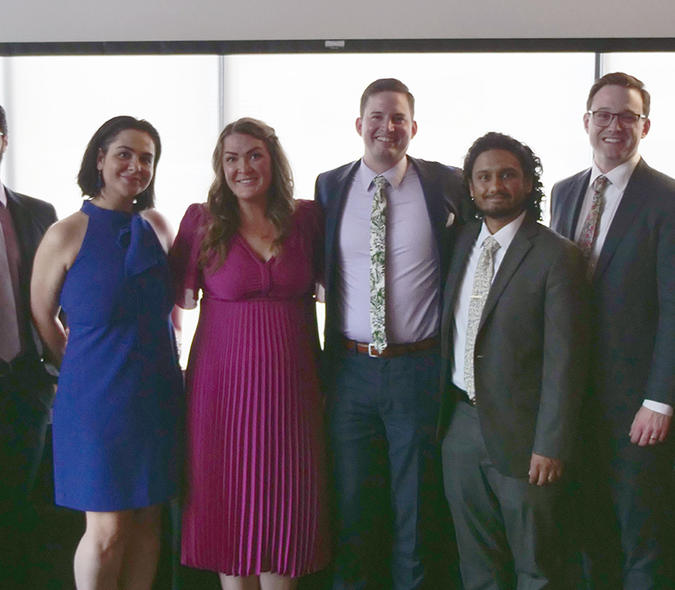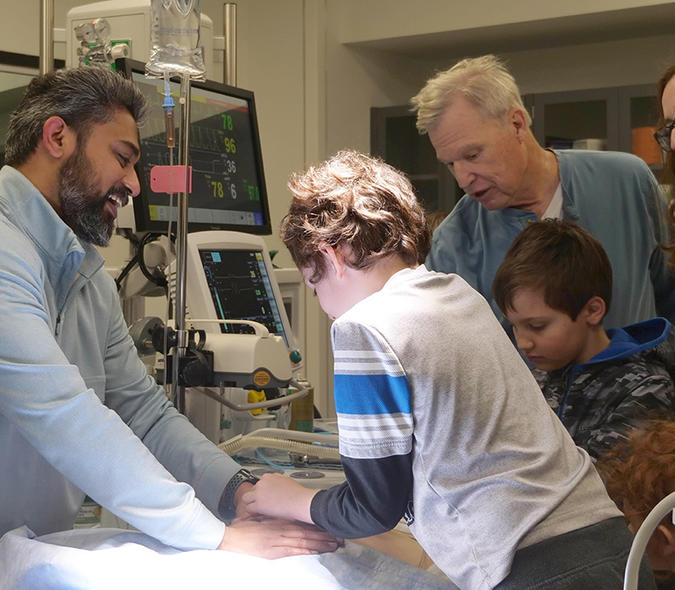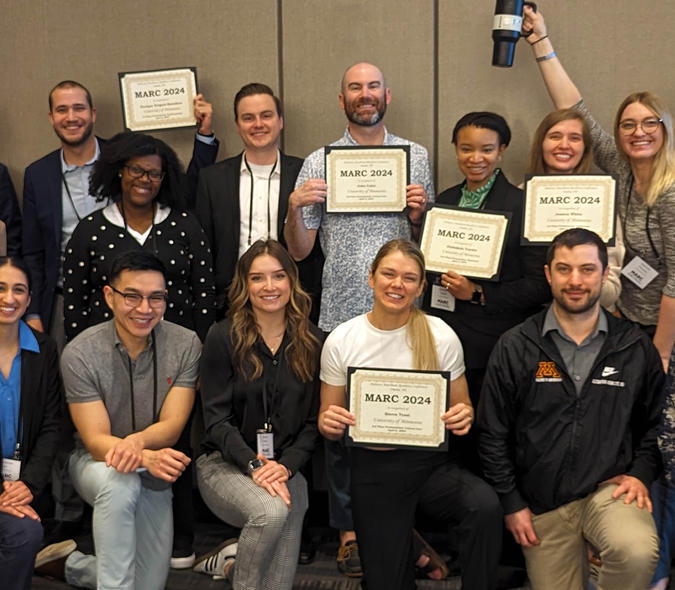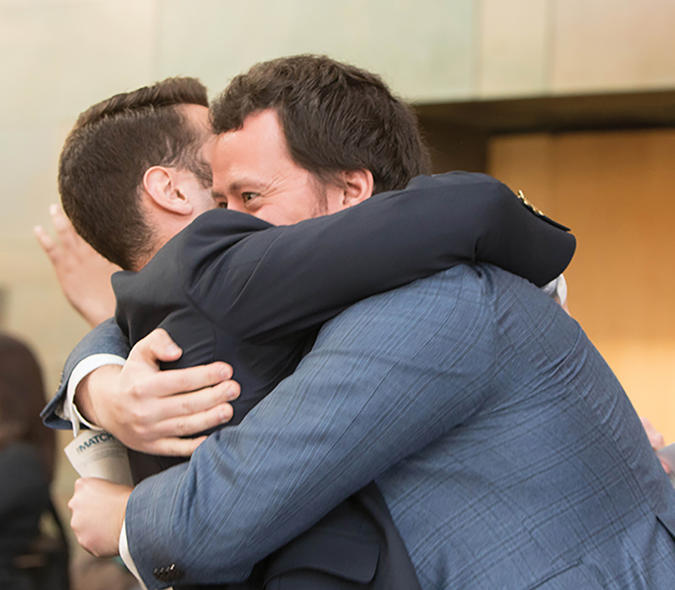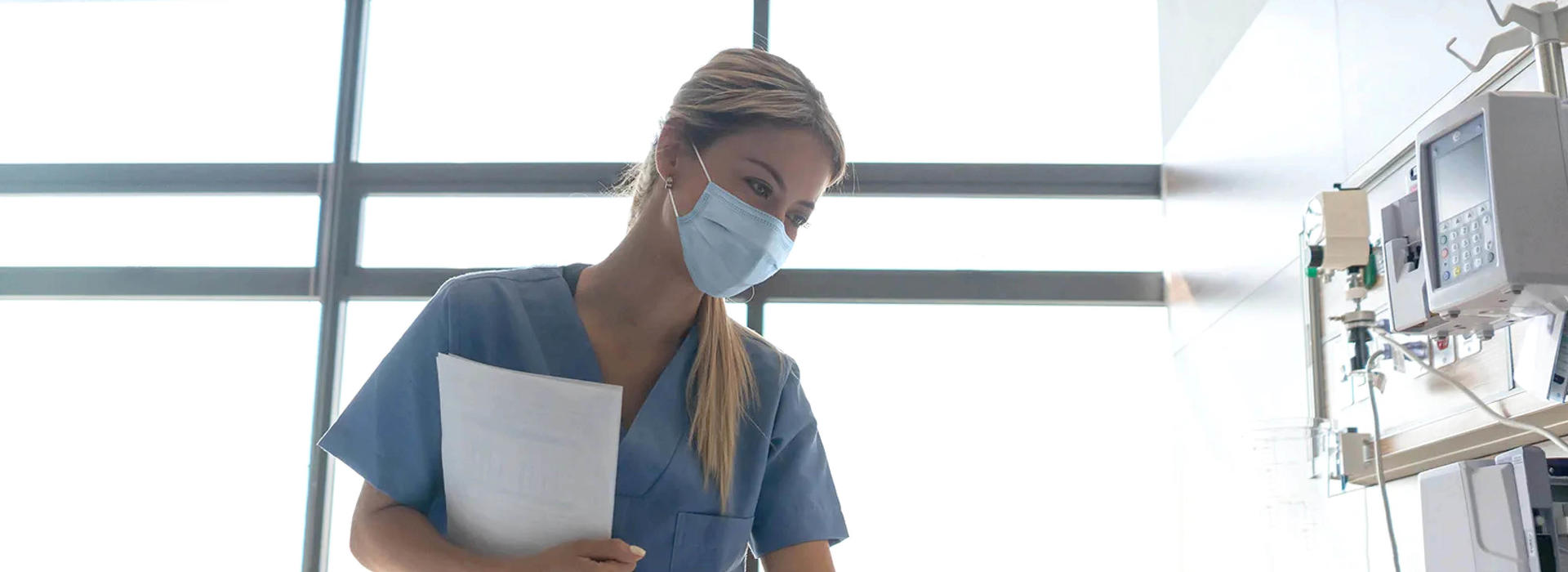
Partners in Anesthesia Care
When people think of medical care or pain management, they often think of the surgeons and medical doctors who make up a part of the overall care team. But that care team also includes another essential medical professional, the Certified Registered Nurse Anesthetist, or CRNA.
CRNAs are a vital part of a patient’s care team as they tend to stay with a patient through their entire perioperative experience, from the pre-op interview and assessment through the procedure and into postoperative care.
“We love educating patients before they receive anesthesia and we closely monitor their response during anesthesia, making sure they don’t have any complications to the anesthetic,” says Angela Post, CRNA.
Their work often goes far beyond that in a variety of healthcare settings. In rural and otherwise smaller medical centers, CRNAs often are the sole anesthesia providers, including pain management care.
“You think of us here in a large city and a big urban hospital but the primary providers of anesthesia care in rural America are CRNAs. We are able to access areas that are understaffed or underserved. In many services like obstetrical care, surgery, pain management and trauma, CRNAs are often the only providers in rural hospitals and other smaller medical centers.”
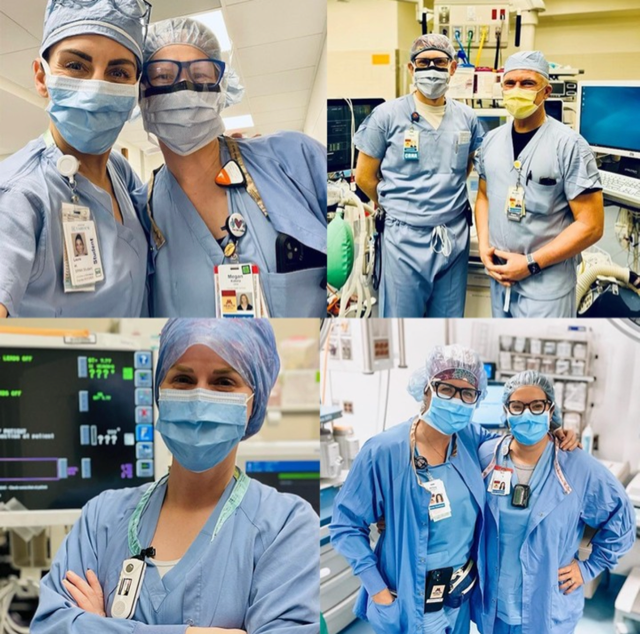
CRNAs are able to provide this advanced care through their specialized education and training. They need many years of critical care nursing experience before returning to school to earn an advanced degree in nurse anesthesiology.
This training can be challenging and take many years to complete, but it’s also rewarding once completed and can open up other opportunities such as mentoring and teaching future generations of nurse anesthetists.
“CRNAs are advanced practice nurses, we’re qualified and board certified to administer every type of anesthesia in different types of healthcare settings. Nurse anesthetists have either a master’s or doctorate level training.”
While highly trained and skilled in anesthesia care, CRNAs work in partnership with anesthesiologists to pull their strengths and knowledge together to best care for each patient. This collaborative work also ensures that each case receives the highest quality of care and latest anesthesia practices.
“I see it as a care team model approach and we have a very positive and collaborative relationship between our two teams. We’ll determine a plan that’s tailored to each patient collaboratively. We complement each other's strengths to come up with a safe and effective anesthesia plan for each patient.”
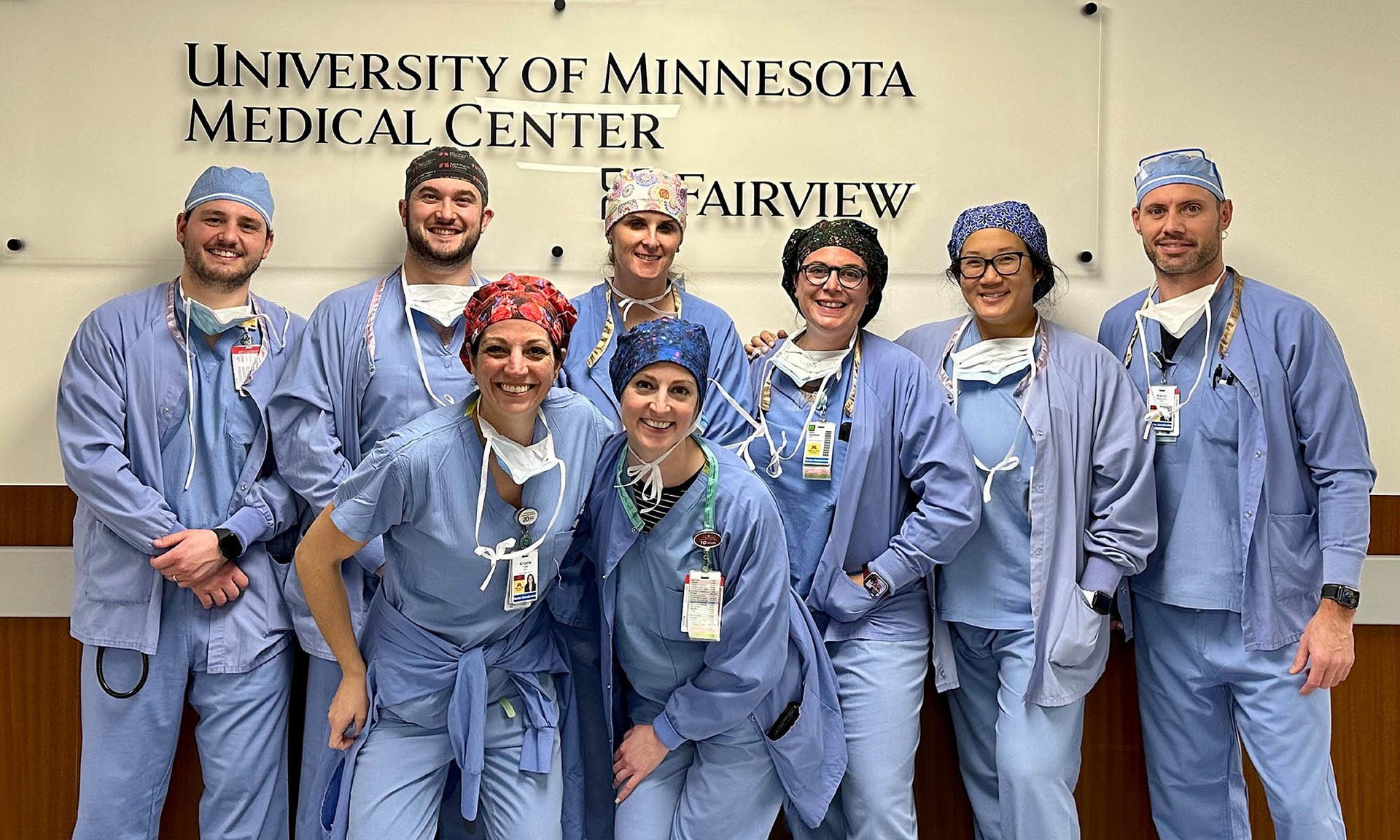
At the end of the day, it’s the individual patient interactions and the relationships that are built with both patients and colleagues that can be the most rewarding part of the job.
“I really love the day-to-day interactions I have with patients and their families. It is so rewarding to be able to develop a close rapport and trust with each patient, even in a short amount of time. We make personal connections and alleviate their fears to ensure a great experience."
